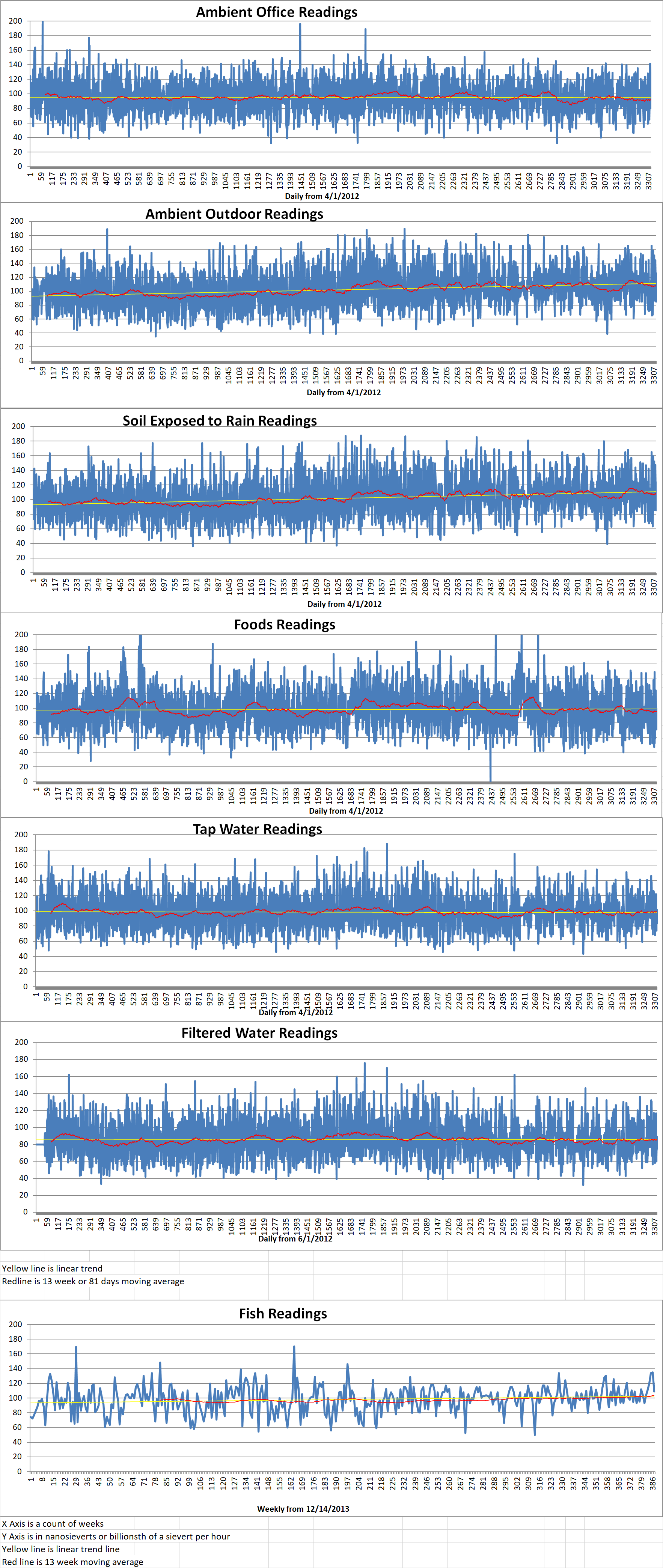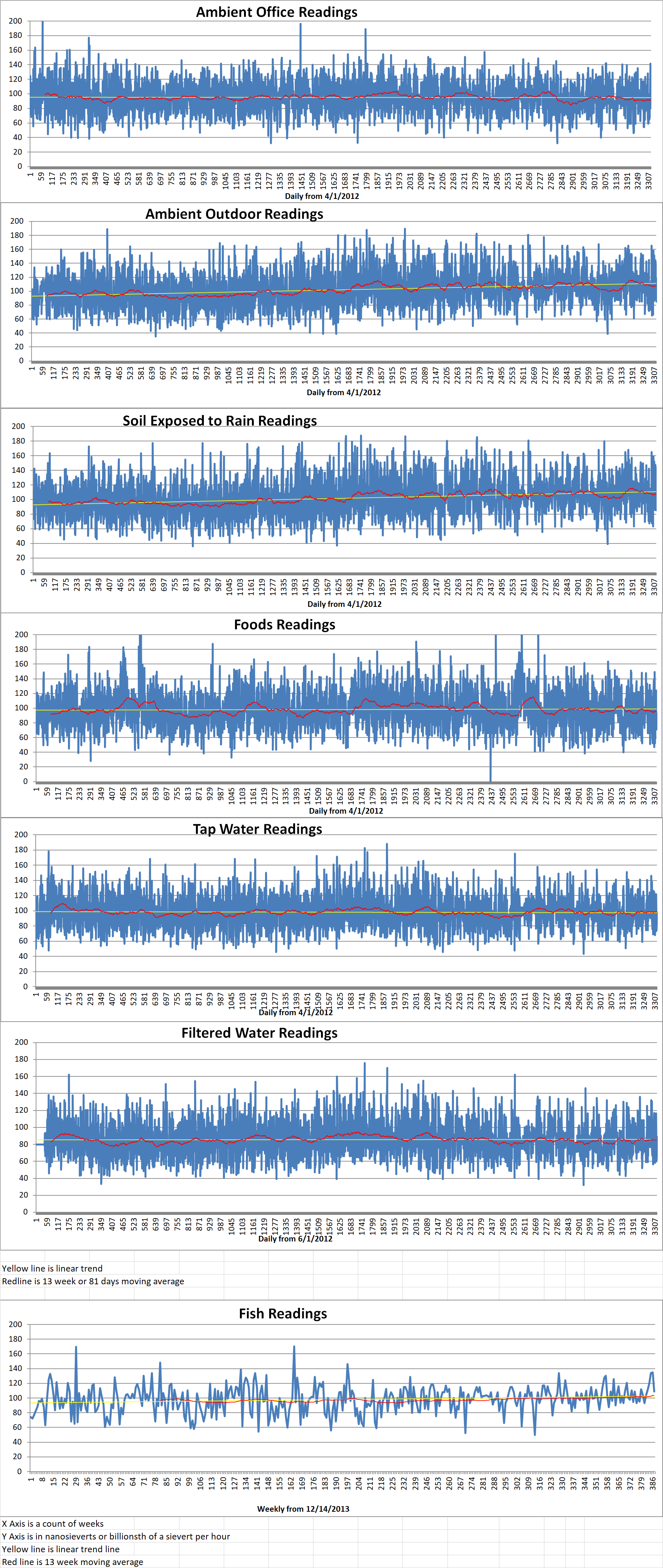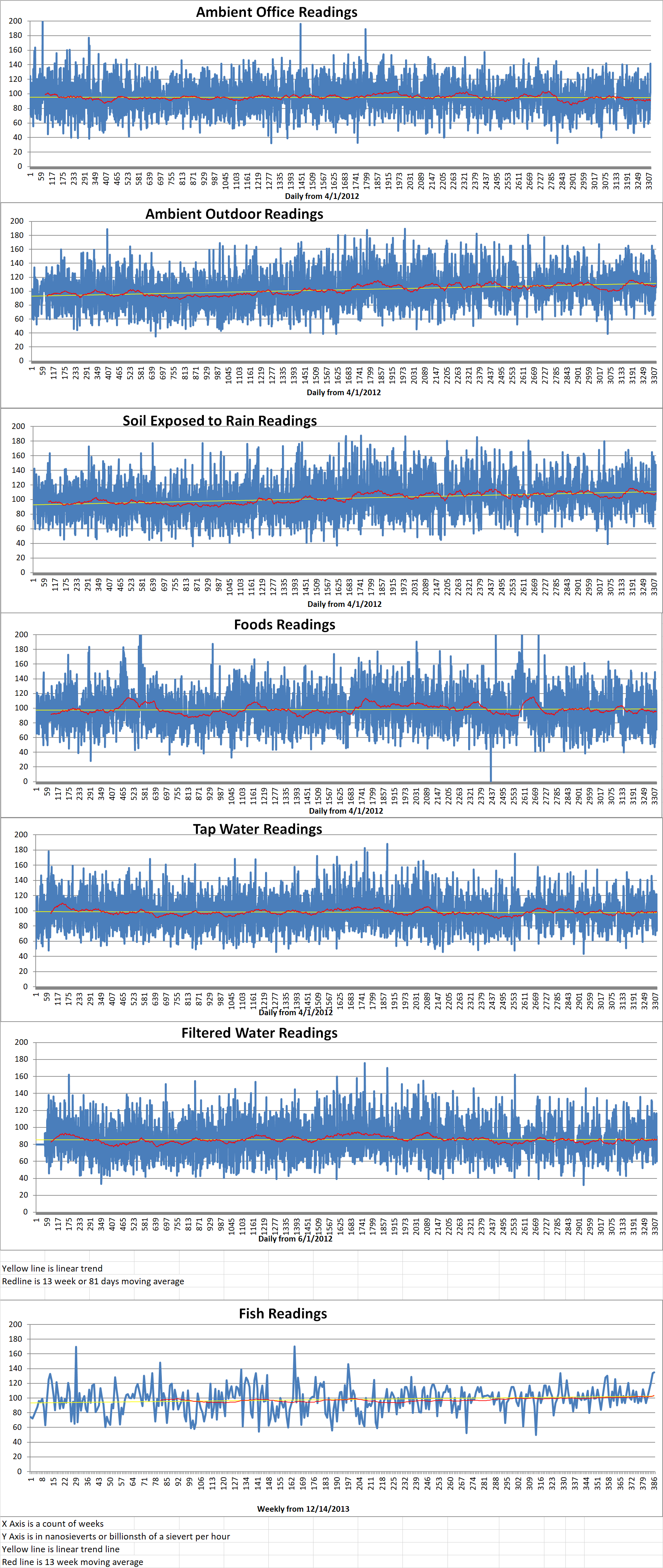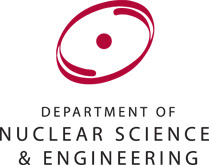Part 2 of 2 Parts (Please read Part 1 first)
Short explains, “Our approach is based on a theory that everyone agrees on — that defects have energy.” However, other nuclear researchers have told Shore that the amount of energy stored in those defects would be too small to measure. But this criticism was taken as a challenge to make measurements at the microjoule level at the very limits of their equipment.
Short is convinced that his team’s new standard will become “universally useful, but it will take years of testing on many, many materials followed by more years of convincing people using the classic method: Repeat, repeat, repeat, making sure that each time you get the same result. It’s the unglamorous side of science, but that’s the side that really matters.”
Short’s work on radiation damage measurement has led him and his team into collaboration with the NSE proliferation expert Scott Kemp, a specialist in nuclear security. Students supervised by Kemp and Short have devised methods for determining how much fissionable materials has passed through a uranium enrichment facility by analyzing the materials exposed to these radioactive materials. Short says, “I never thought my preliminary work on corrosion experiments as an undergraduate would lead to this.”
Short is also interested in microreactors which are reactors that generate from a few kilowatts to 20 megawatts. This contrasts with big commercial fission reactors which can generate more than a gigawatt. Short insists that flexibility in the size of future power plants is critical to the economic viability of nuclear power “because nobody wants to pay $10 billion for a reactor now, and I don’t blame them.”
Short says that proposed microreactors “pose new material challenges that I want to solve. It comes down to cramming more material into a smaller volume, and we don’t have a lot of knowledge about how materials perform at such high densities.” He is currently conducting experiments at the Idaho National Laboratory. The experiments irradiate possible microreactor materials to find out how they change using a laser technique called transient grating spectroscopy. His team at MIT has had a big role in advancing this technology.
Short has ambitious goals for the next 20 years. He said, “I’d like to be one of those who came up with a way to verify the Iran nuclear deal and thereby helped clamp down on nuclear proliferation worldwide,” he says. “I’d like to choose the materials for our first power-generating nuclear fusion reactors. And I’d like to have influenced perhaps 50 to 100 former students who chose to stay in science because they truly enjoy it. I see my job as creating scientists, not science, though science is, of course, a convenient byproduct.”
Supporters of small modular reactors and microreactors claim that these advanced nuclear reactors will be important in providing low-carbon electricity in the future. However, as with any new nuclear technology intended for commercial application, exhaustive research is necessary to verify that proposed designs will function as predicted. In some cases, the effects of radiation on proposed materials will not be known until they have been in use for years. This means that the technology will not be proven until years after its implementation. This may be too late to aid in mitigation of climate change.






